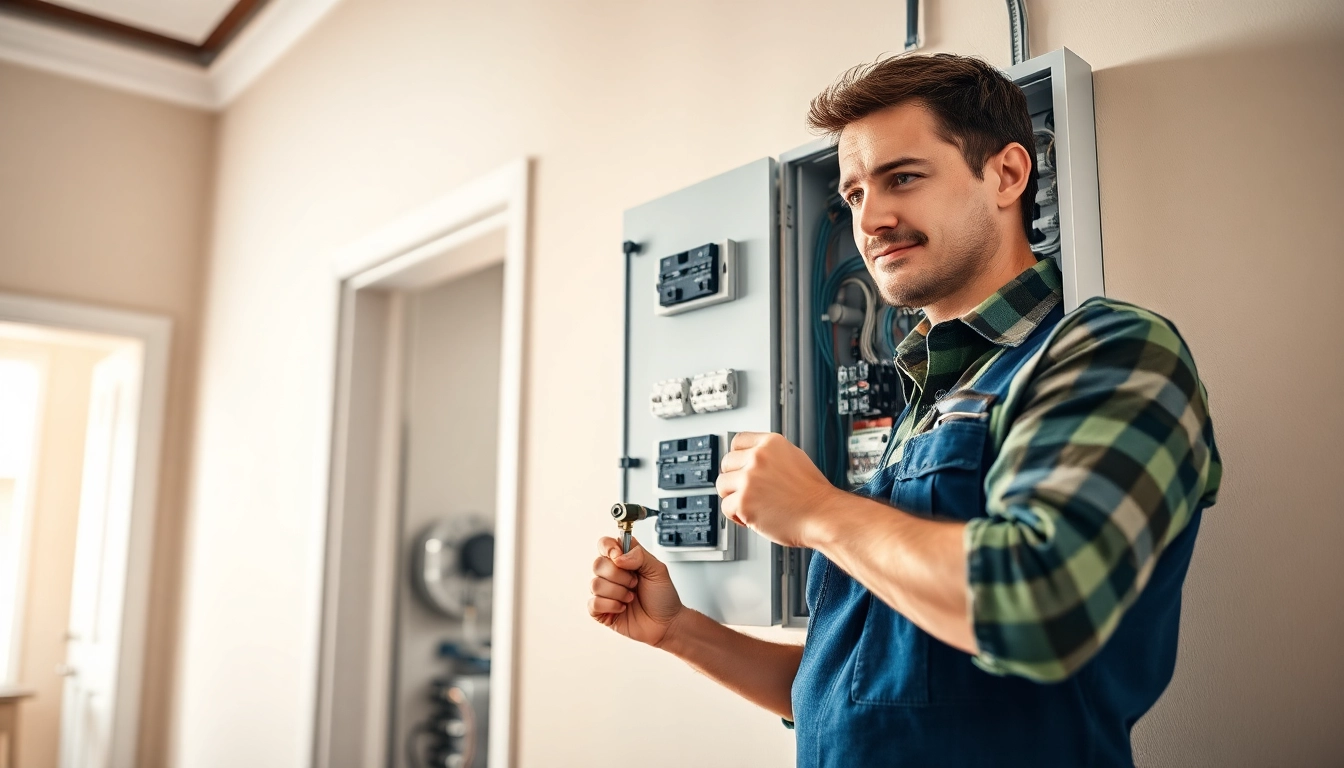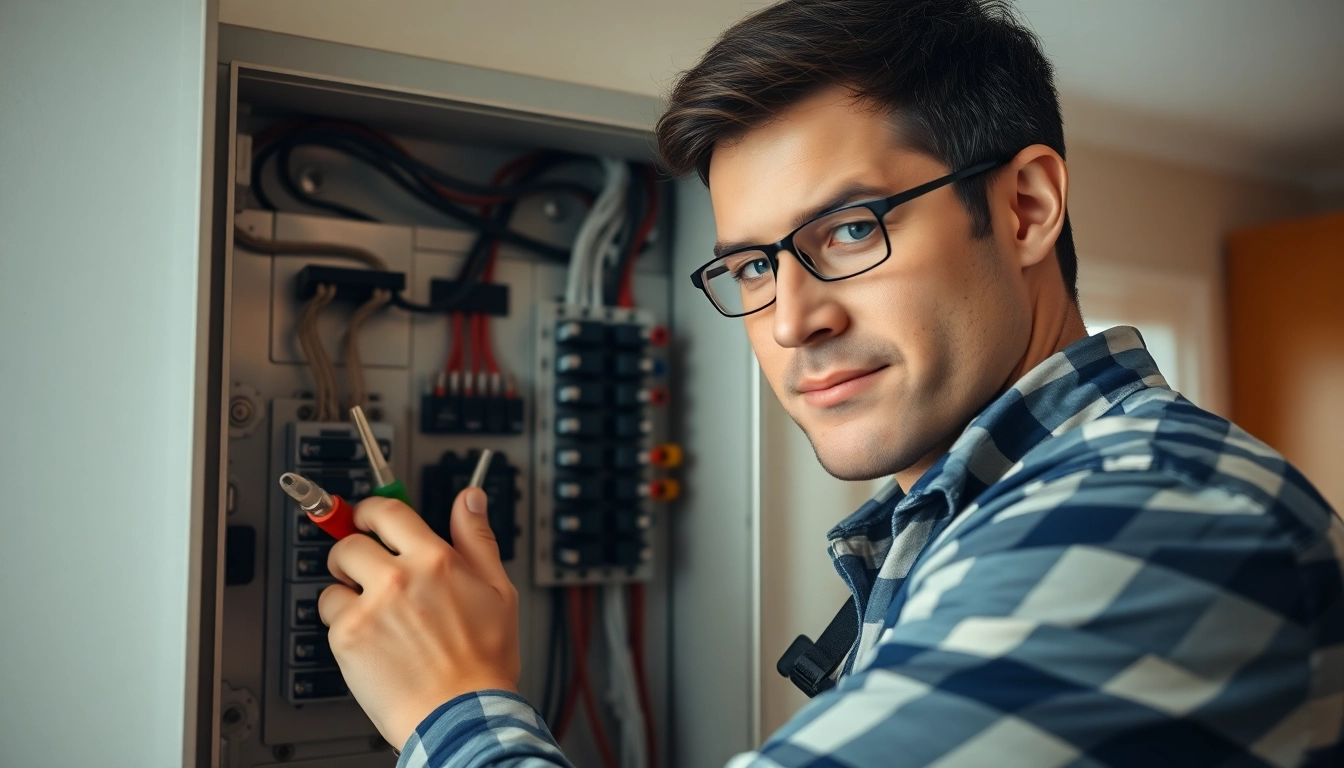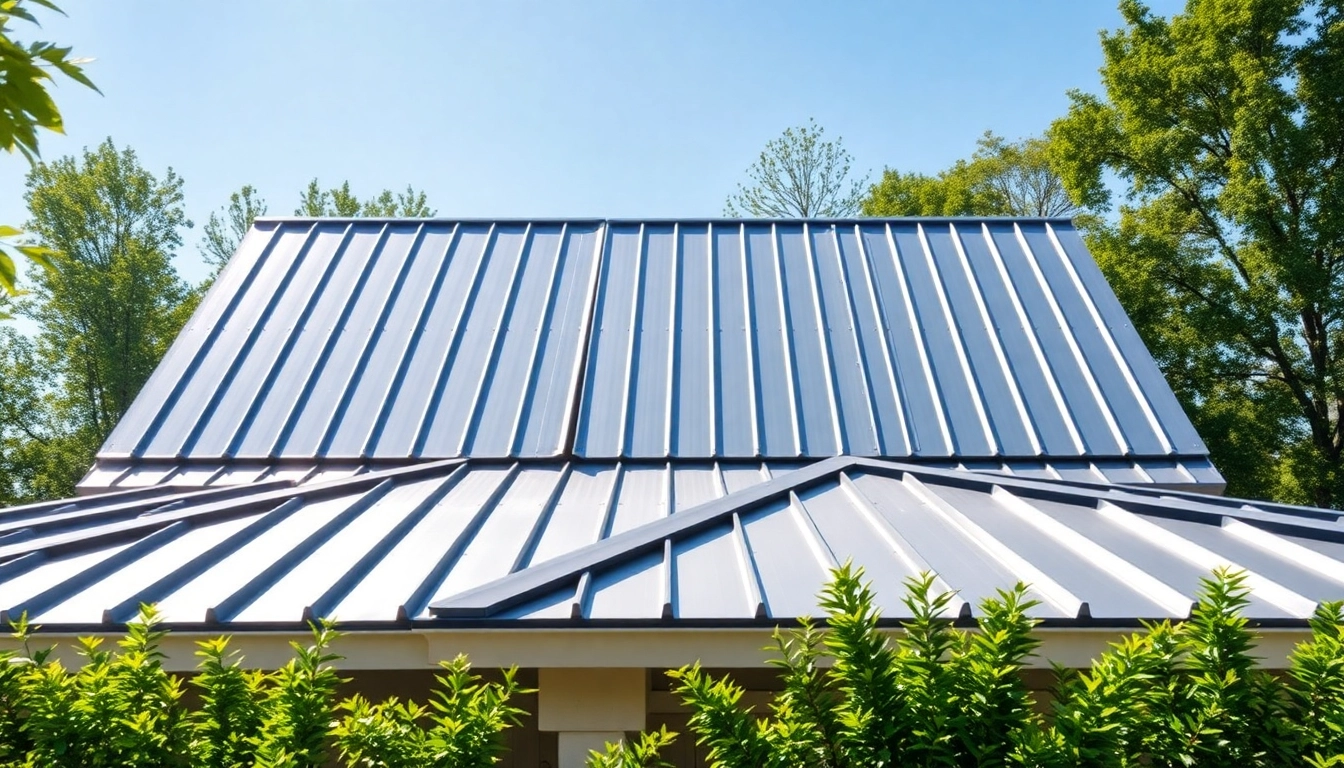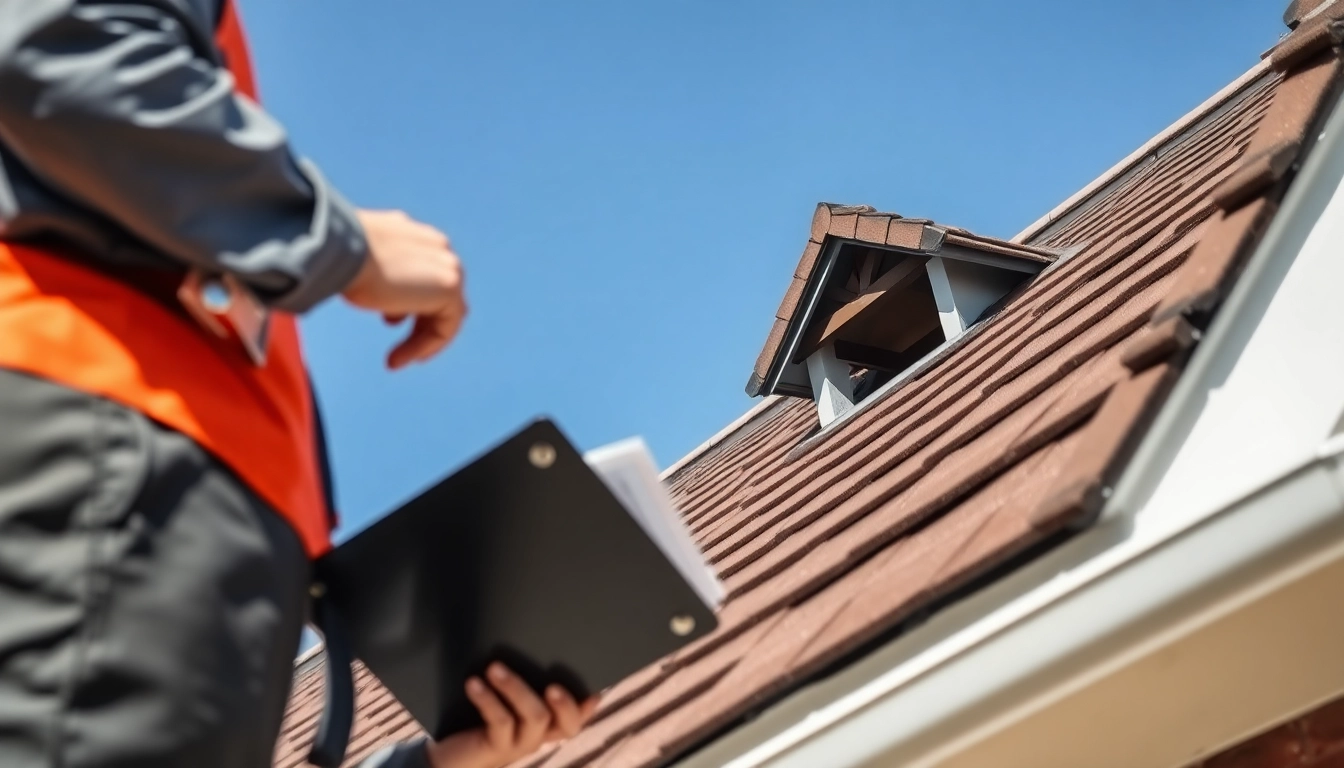Understanding the Basics of Electrical Panel
In any home or commercial building, the Electrical Panel is a crucial component that functions as the heart of the electrical system. It distributes electricity from the main supply to different circuits throughout the premises. Understanding what an electrical panel is and its components is essential for homeowners who wish to maintain or upgrade their electrical systems.
What is an Electrical Panel?
An electrical panel is an assembly that houses the safety devices and circuit breakers that control the distribution of electrical current within a building. It acts as the main junction where all electrical wires converge and is typically found in basements, garages, or utility rooms. The panel also contains breakers that shut off the electricity if the circuit becomes overloaded, preventing potential fires and damage.
Common Types of Electrical Panels
The most commonly used electrical panels are:
- Breaker Panels: Known for their reliability, they contain circuit breakers that can be reset after a power overload.
- Fuse Boxes: Older technology that uses fuses, which must be replaced if blown. Fuse boxes are becoming less common due to safety concerns.
- Main Breaker Panels: These are equipped with a main switch that can turn off all electrical supply for the house.
- Sub-Panels: Used to distribute power to specific areas of a home, often to accommodate added circuits without overloading the main panel.
Key Components of an Electrical Panel
Understanding the key components of an electrical panel can help homeowners identify potential issues and maintenance needs:
- Circuit Breakers: These protect electrical circuits by automatically shutting off if an overload occurs.
- Main Switch: A large switch that controls the power supply to the entire electrical system.
- Bus Bars: Metal bars that split electricity into different circuits; they are essential for the operation of the breakers.
- Neutral and Ground Bars: These bars connect wires to ensure safety and proper grounding, reducing the risk of electrical shock.
Signs That You Need to Upgrade Your Electrical Panel
As homes age and technology evolves, it is important for homeowners to be aware of indicators that suggest their Electrical Panel may need an upgrade. Ignoring these signs can lead to increased risk of electrical problems and safety hazards.
Age and Condition of the Current Panel
The age of an electrical panel can greatly impact its functionality and safety. Most electrical panels are designed to last for decades; however, if your panel is more than 20 years old, it is wise to consider an upgrade. Older panels may not meet current safety standards or accommodate the electrical load of modern home appliances and technologies.
Signs of Overload in Your Electrical System
Common signs that indicate your electrical system is overloaded include:
- Frequent tripping of circuit breakers.
- Warm or discolored outlets.
- Flickering lights or power surges.
If homeowners notice these symptoms, it may indicate the need for a larger or more modern panel to handle the electrical demand.
Need for Increased Power Capacity
As families grow or technology advances, the need for electrical capacity increases. Newly installed appliances, electric vehicles, or home automation systems can strain existing wiring. If you are adding significant electrical loads, such as a home addition or major appliance, an upgrade to the electrical panel may be necessary to ensure safe and efficient operation.
Benefits of Upgrading Your Electrical Panel
Upgrading your electrical panel is not just about increasing capacity; it also provides several important benefits that improve the safety and functionality of your electrical system.
Improved Safety and Compliance
Safety is one of the most significant reasons for upgrading an electrical panel. Newer panels are designed with advanced safety features that meet modern electrical codes. This can help prevent electrical fires, shocks, and other hazards associated with outdated systems.
Enhanced Energy Efficiency
Modern electrical panels are built to be more efficient. They minimize energy loss and allow for better load balancing, which can lead to lower energy bills. Upgrading an electrical panel can also facilitate the use of energy-efficient appliances that require a certain power level to function optimally.
Increased Functionality for Modern Appliances
Last but not least, upgrading your panel ensures you are equipped to handle new technologies. Many modern appliances and systems require several circuits and greater power supply. An upgraded panel can accommodate these needs, providing homeowners with the capability to enjoy their appliances without worry.
Steps to Prepare for Upgrading Your Electrical Panel
Preparation is essential for any major upgrade. By taking the following steps, homeowners can ensure that their electrical panel upgrade goes smoothly and efficiently.
Assessing Your Power Needs
Before making changes, assess your current and future power needs. Consider what appliances, electronics, and systems you have, and how your power usage might change over time. Perhaps you want to install more lighting or add a workshop; understanding your projected usage is critical.
Choosing the Right Electrical Panel Size
When upgrading, it’s essential to choose a panel that not only meets current requirements but also future-proof your system. Common panel sizes include 100, 200, and 400 amps, with 200 amps being the most standard for modern homes. Consult with a licensed electrician to determine the appropriate size based on your assessment.
Finding Qualified Electricians
Choosing a qualified electrician for the installation is just as critical as the decision to upgrade. Look for licensed professionals with solid reviews and a good track record. Ask for references and check their credentials to ensure that they are experienced with panel upgrades.
Costs Involved in Upgrading Your Electrical Panel
The costs associated with upgrading an electrical panel can vary significantly based on many factors including size, location, and labor. Understanding these costs can prepare homeowners for the financial implications of this vital upgrade.
Estimated Material Costs
The material costs for an electrical panel can generally range from $250 to $450, depending on the size and type of panel selected. This estimate may be higher if specialized equipment or materials are required.
Labor Expenses to Consider
Labor expenses will also factor into the overall cost of upgrading an electrical panel. Hiring a qualified electrician, whose fees vary based on the complexity of the job and regional pricing, should be an essential part of the overall budget. Expect labor costs to range between $500 and $1000 or more based on the intricacy of the installation.
Financing Options for Upgrades
For those concerned about the upfront costs, financing options may be available through local or national lending programs. Make sure to research all options available to find the best financial solution that fits your budget and needs.




